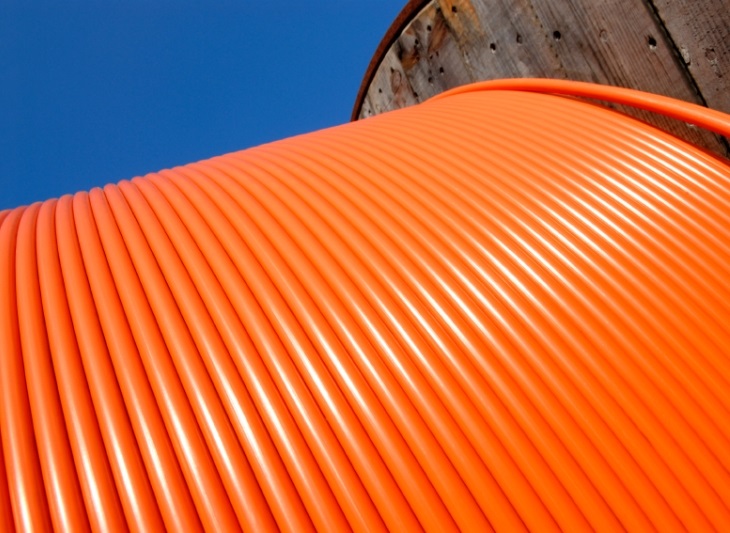APEC: Submarine cable resilience critical to connectivity

Increased harmonization of submarine telecommunication cable protection ensures seamless internet connectivity across the Asia-Pacific’s fast-growing web-based economies, says a report commissioned by the APEC Policy Support Unit that was endorsed on Monday by the APEC Committee on Trade and Investment.
The issue was discussed in Jakarta at the Committee’s first gathering of regional trade and investment experts this year, on the eve of the First APEC Senior Officials’ Meeting here on 6-7 February 2013.
“Goods and services trade, financial transactions and socio-economic welfare increasingly rely on uninterrupted internet data flows which are delivered to the region’s economies by a network of submarine cables,” said John Larkin, Chair of the APEC Committee on Trade and Investment.
Protecting submarine cables from disruption and implementing measures to expedite their repair are central to improving trade and business within the APEC region.
“APEC members recognize the importance of cooperating on initiatives that can help to create a more coherent regulatory environment to facilitate vital submarine cable protection, repair and maintenance,” Larkin noted.
The trade impact of damage to submarine cables is being addressed by APEC economies as part of work plan to enhance the harmonization of cross-border communications. The goal, outlined in the APEC Supply Chain Connectivity Framework Action Plan, is to improve supply chain performance in terms of time, cost and uncertainty by 10 percent by the end of 2015.
According to the report, over 97 percent of cross-border data traffic is carried by submarine cables given that they are cheaper and more reliable than other channels such as satellites.
Submarine cable infrastructure in the Asia-Pacific region is especially important due to the way many APEC economies are geographically positioned which further limits alternatives, the report explains. But the equipment is susceptible to damage from natural disasters such as earthquakes as well as shipping activities, illegal fishing and equipment stress which can affect more than one cable and occasionally could lead to widespread outages in the region.
“Because almost all submarine cables are built between continents, it is crucial that economies work together to reduce the regulatory impediments that keep them from operating,” said Larkin.
This includes facilitating the process of cable maintenance by allowing ships to travel efficiently across borders to repair damaged cables which are generally owned and operated by the private sector, says the report which includes a simulation of the impact of a disruption on APEC economies.
“There is scope for APEC economies to facilitate bringing cable owners, operators and regulators together to discuss good practices for protection as well as recovery and repair,” Larkin concluded.
# # #
For more information or to arrange possible interview opportunities, please contact David Hendrickson +65 9137 3886 at [email protected] or Michael Chapnick +65 9647 4847 at [email protected].
Additional details about APEC meetings, events, projects and publications can be found at www.apec.org. You can also follow APEC on Twitter and join us on Facebook.

